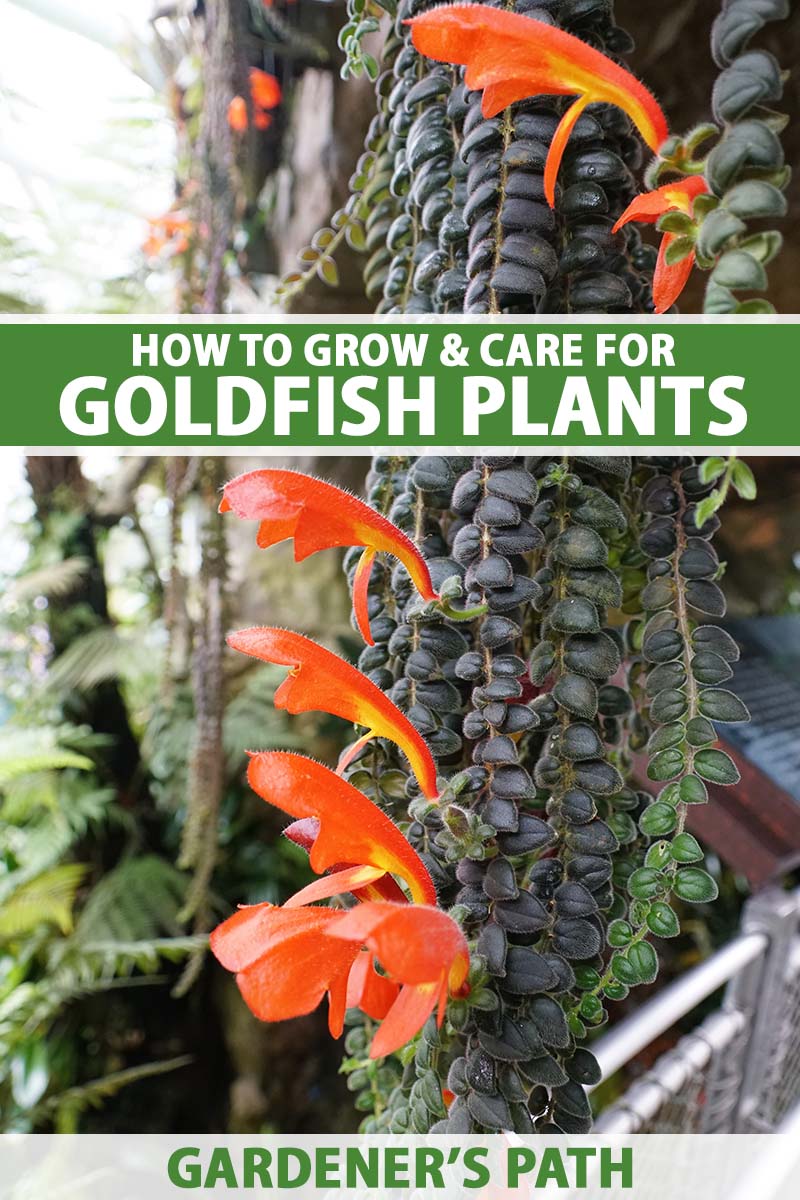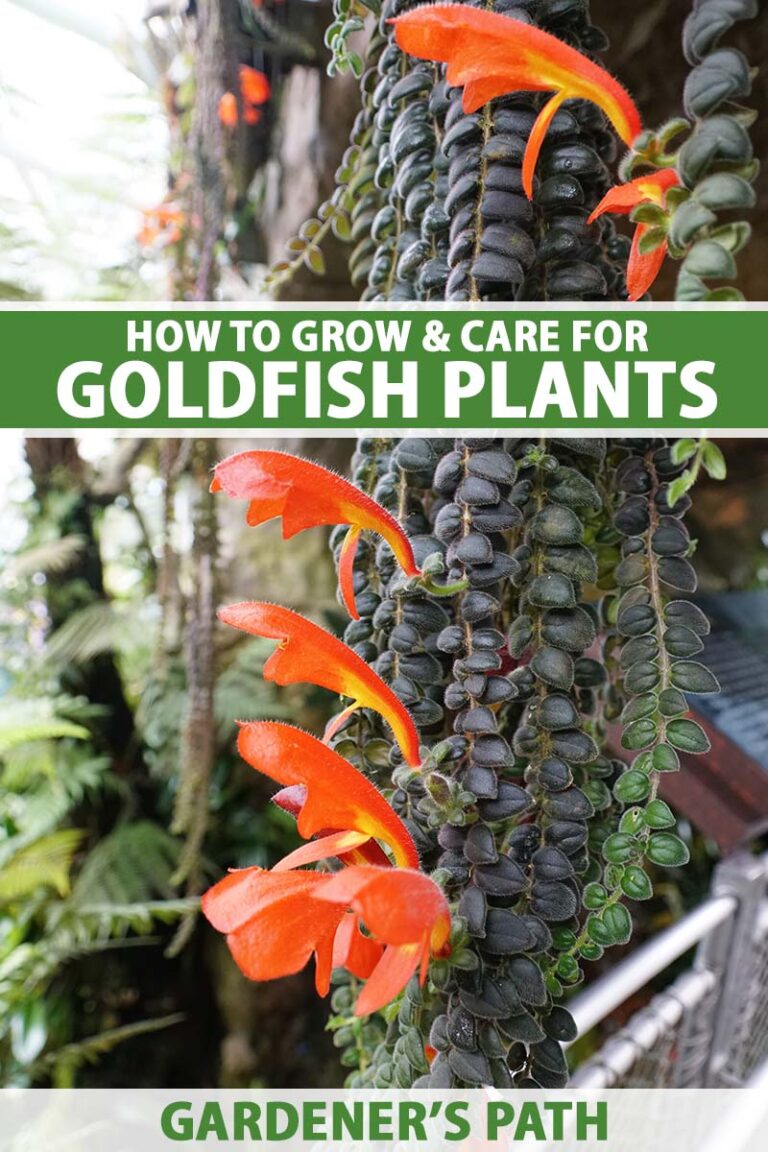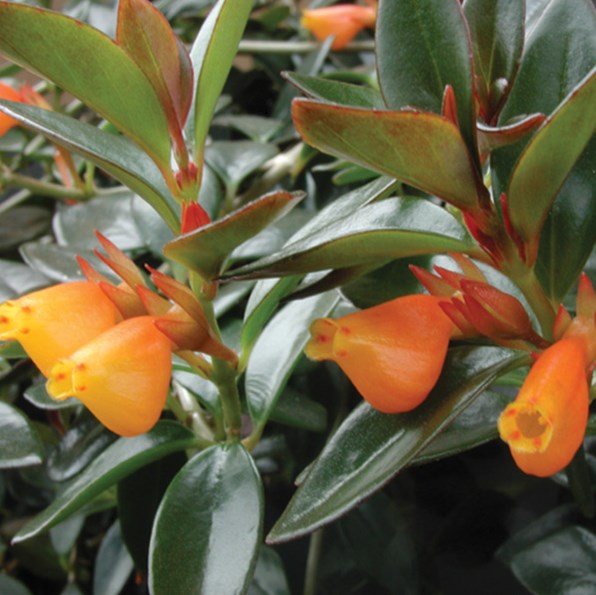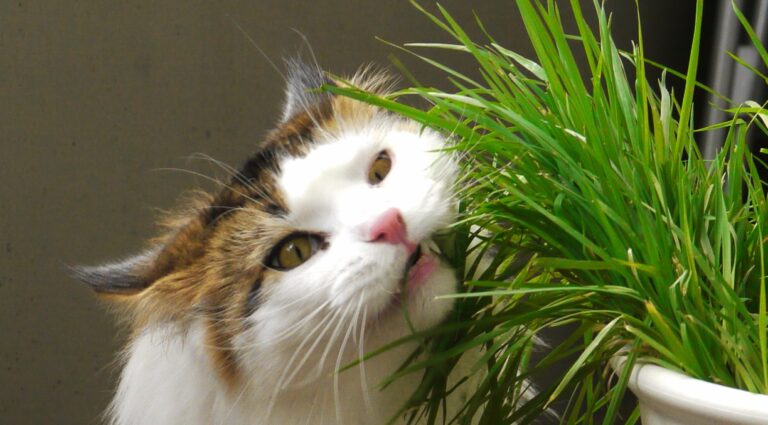Goldfish Plant Blooming
Understanding the factors that encourage a Goldfish Plant to bloom is essential for any gardener looking to see vibrant flowers. In this section, we will explore these factors and the optimal conditions required.
Factors Influencing Blooming
Several factors can influence the blooming period and success of a Goldfish Plant, including light, temperature, humidity, and fertilization.
Light Intensity and Duration
Goldfish Plants require bright, indirect sunlight to stimulate flowering. Insufficient light can hinder the plant’s blooming potential, while excessive light can lead to leaf scorch. Ideally, they should be placed in a location where they receive ample indirect sunlight.
| Light Condition | Impact on Blooming |
|---|---|
| Bright, Indirect Light | Optimal blooming conditions |
| Low Light | Hinders blooming |
| Direct Sunlight | Causes leaf scorch |
Temperature Swings
Temperature stability is crucial for Goldfish Plants. They prefer a comfortable room temperature range, avoiding extremes. Significant temperature swings can disrupt or prevent blooming.
| Temperature Range | Impact on Blooming |
|---|---|
| 65-75°F (18-24°C) | Promotes blooming |
| Below 60°F (15°C) | May prevent blooming |
| Above 80°F (27°C) | May hinder blooming |
Figures are referenced from the extra context.
Humidity Levels
Originating from tropical climates, Goldfish Plants thrive in environments with high humidity. Maintaining moisture in the air can enhance blooming potential, while low humidity levels can lead to poor flowering.
For more on the importance of humidity, visit our article on goldfish plant humidity.
Fertilization
Fertilizing with a balanced, water-soluble fertilizer every two weeks during the growing season is essential for promoting blooms. Over-fertilization, particularly in fall and winter, can lead to nutrient overload and hinder blooming.
Optimal Conditions for Blooming
To create the best environment for your Goldfish Plant to bloom, it’s essential to fine-tune several conditions:
- Light: Provide bright, indirect sunlight. Avoid locations with direct sun exposure to prevent leaf scorch.
- Temperature: Maintain a stable temperature range of 65-75°F (18-24°C) and avoid extreme hot or cold conditions.
- Humidity: Keep humidity levels high, ideally around 50-60%. This can be achieved using a humidifier or by placing a water tray near the plant.
- Fertilization: Use a balanced, water-soluble fertilizer every two weeks during the growing season. Reduce fertilization in the fall and winter to prevent nutrient overload.
By adhering to these guidelines, gardeners can encourage their Goldfish Plants to bloom more robustly and consistently. For more detailed care instructions, visit our extensive guide on goldfish plant care instructions.
Goldfish Plant Care Tips
Light and Temperature Requirements
Goldfish plants require specific light and temperature conditions to thrive and bloom efficiently. These tropical plants enjoy bright, indirect light, mimicking their natural habitat in Central and South America’s rainforests. Direct sunlight can scorch the leaves, so it’s best to position them in a well-lit area but out of direct sunlight (Southern Living).
| Condition | Light |
|---|---|
| Preferred Light | Bright but indirect |
| Avoid | Direct sunlight |
Temperature-wise, goldfish plants thrive in environments with temperatures between 65°F and 80°F. During winter, it’s crucial to keep them away from cold drafts and maintain high humidity levels. These conditions are generally suitable for most indoor settings.
| Condition | Temperature (°F) |
|---|---|
| Ideal Range | 65 – 80 |
| Avoid | Cold drafts in winter |
High humidity is essential for goldfish plants. Placing the plant on a humidity tray or using a room humidifier can help maintain the necessary moisture levels in the air (BHG).
Watering and Fertilizing Guidelines
Goldfish plants require consistent watering to keep the soil moist, but it’s important to allow the soil to dry out somewhat between waterings. They prefer well-drained soil that holds enough moisture without becoming waterlogged (36vine). Over-watering can lead to root rot and other issues.
| Watering Frequency | Guidelines |
|---|---|
| Preferred | Consistent, allowing soil to dry slightly between waterings |
| Avoid | Over-watering, waterlogged soil |
Fertilization is also crucial for healthy goldfish plant flowers. Using a balanced, water-soluble fertilizer every two weeks during the growing season (spring through fall) is recommended. A fertilizer with an NPK ratio of 10-10-10 or 20-20-20 works well. During the winter months, reduce fertilization to once a month or stop altogether if growth slows significantly (Healthy Houseplants).
| Season | Fertilizing Frequency |
|---|---|
| Spring – Fall | Every 2 weeks with balanced, water-soluble fertilizer |
| Winter | Reduce to once a month or discontinue if growth slows |
For more detailed guidelines on watering, visit our article on goldfish plant watering. To understand more about suitable fertilizers, check out our guide on goldfish plant fertilizer.
By ensuring optimal light, temperature, watering, and fertilizing routines, gardeners can significantly enhance the chances of a vibrant goldfish plant bloom.




